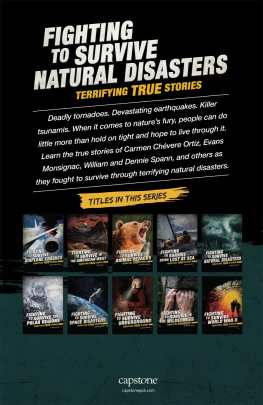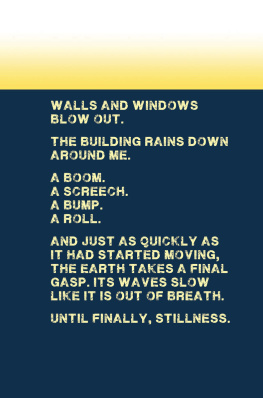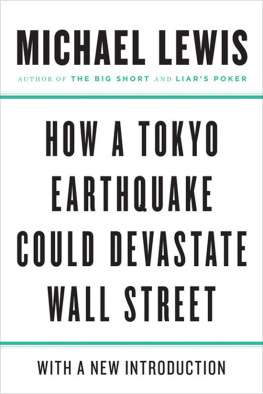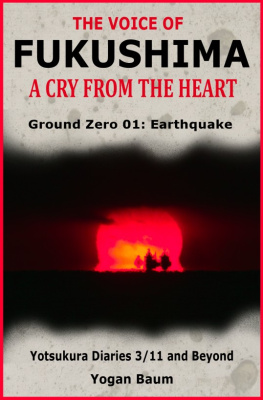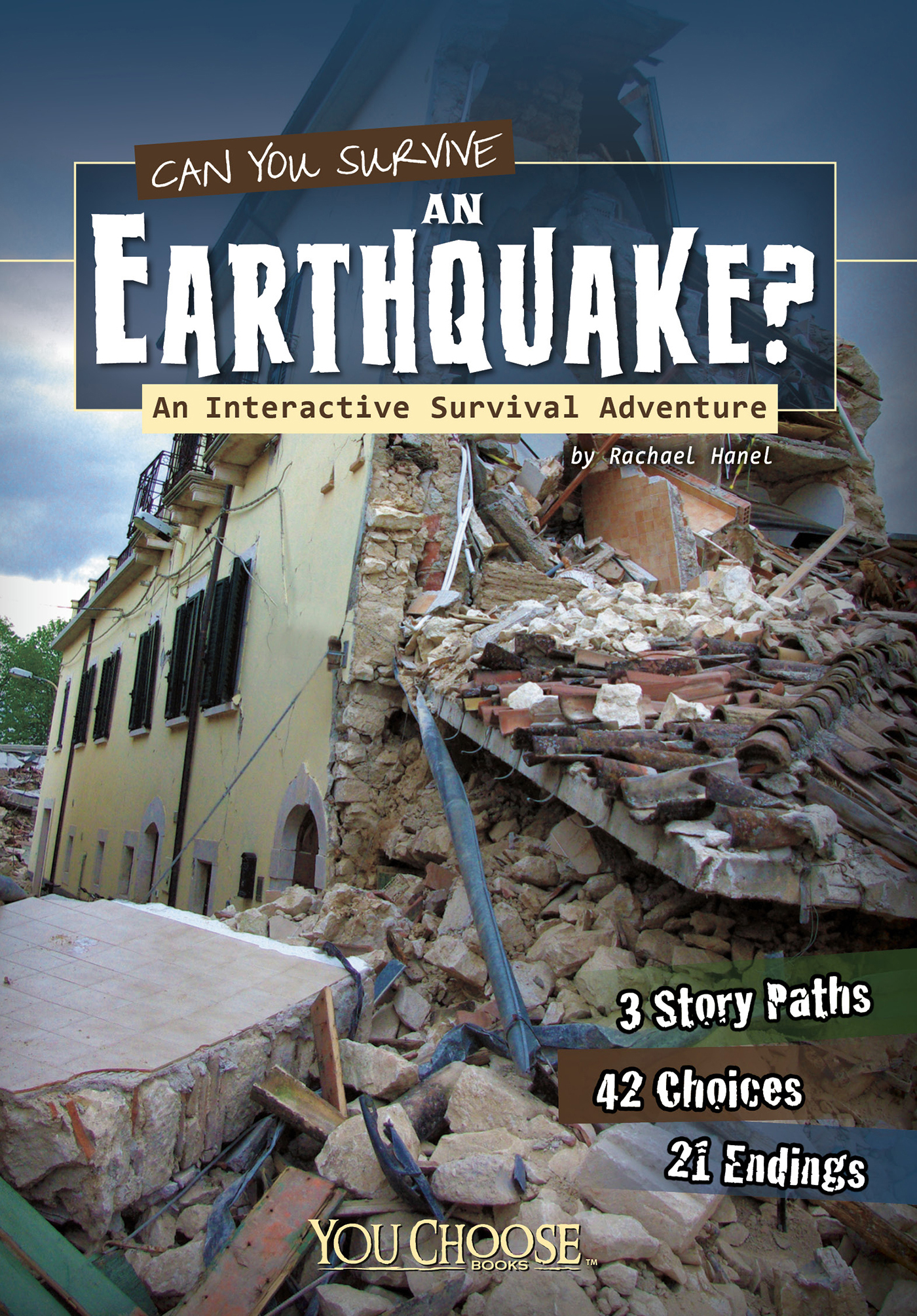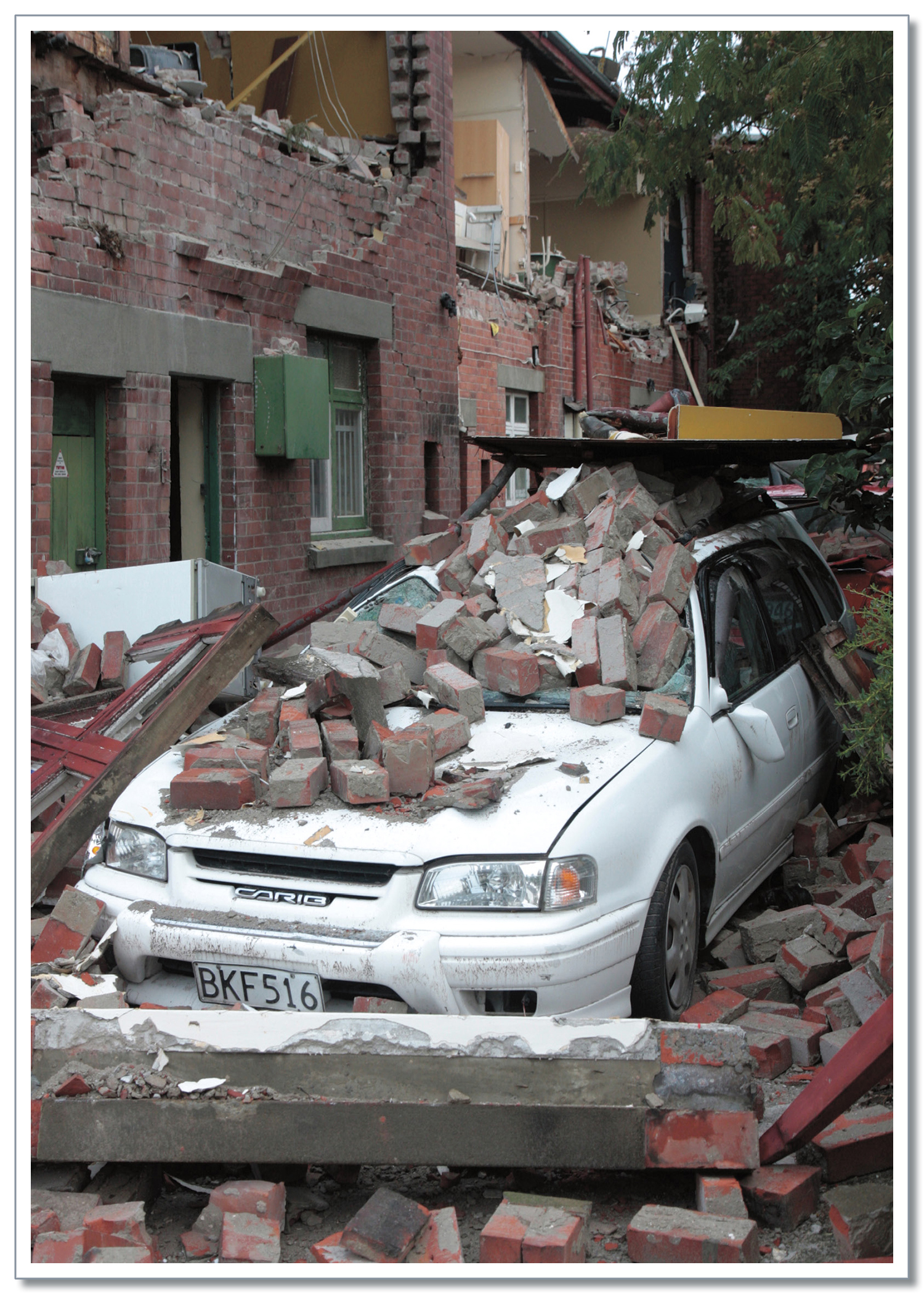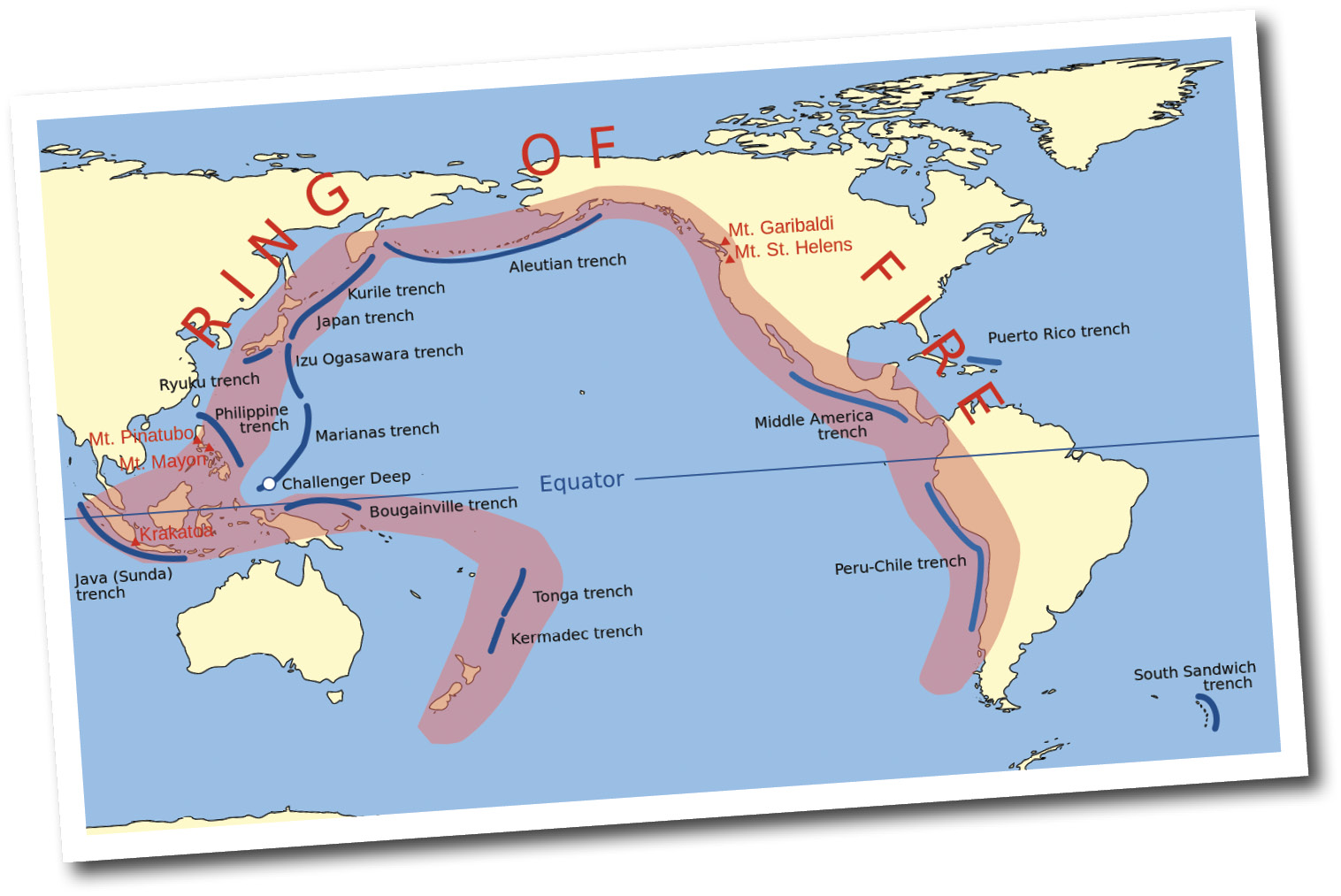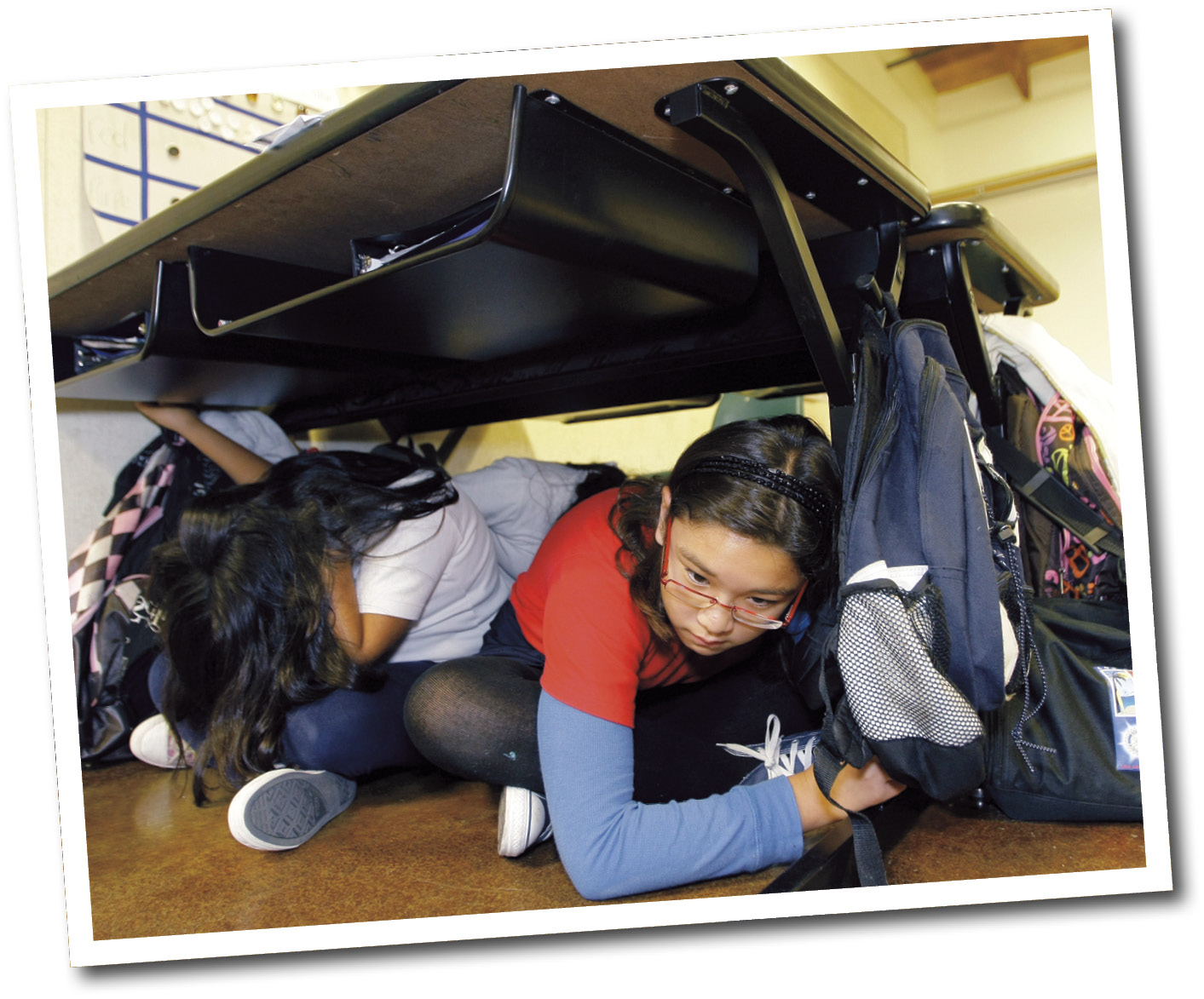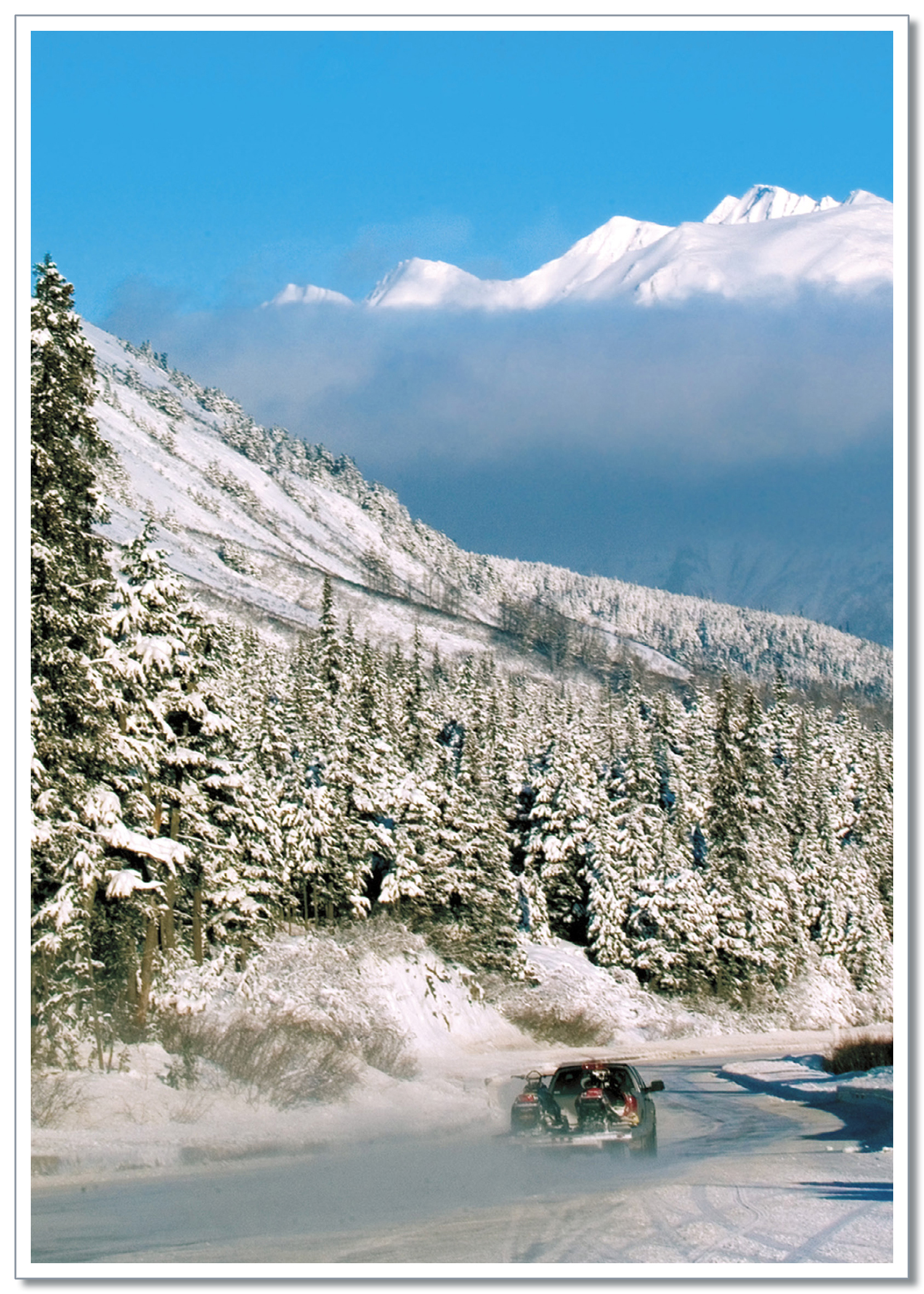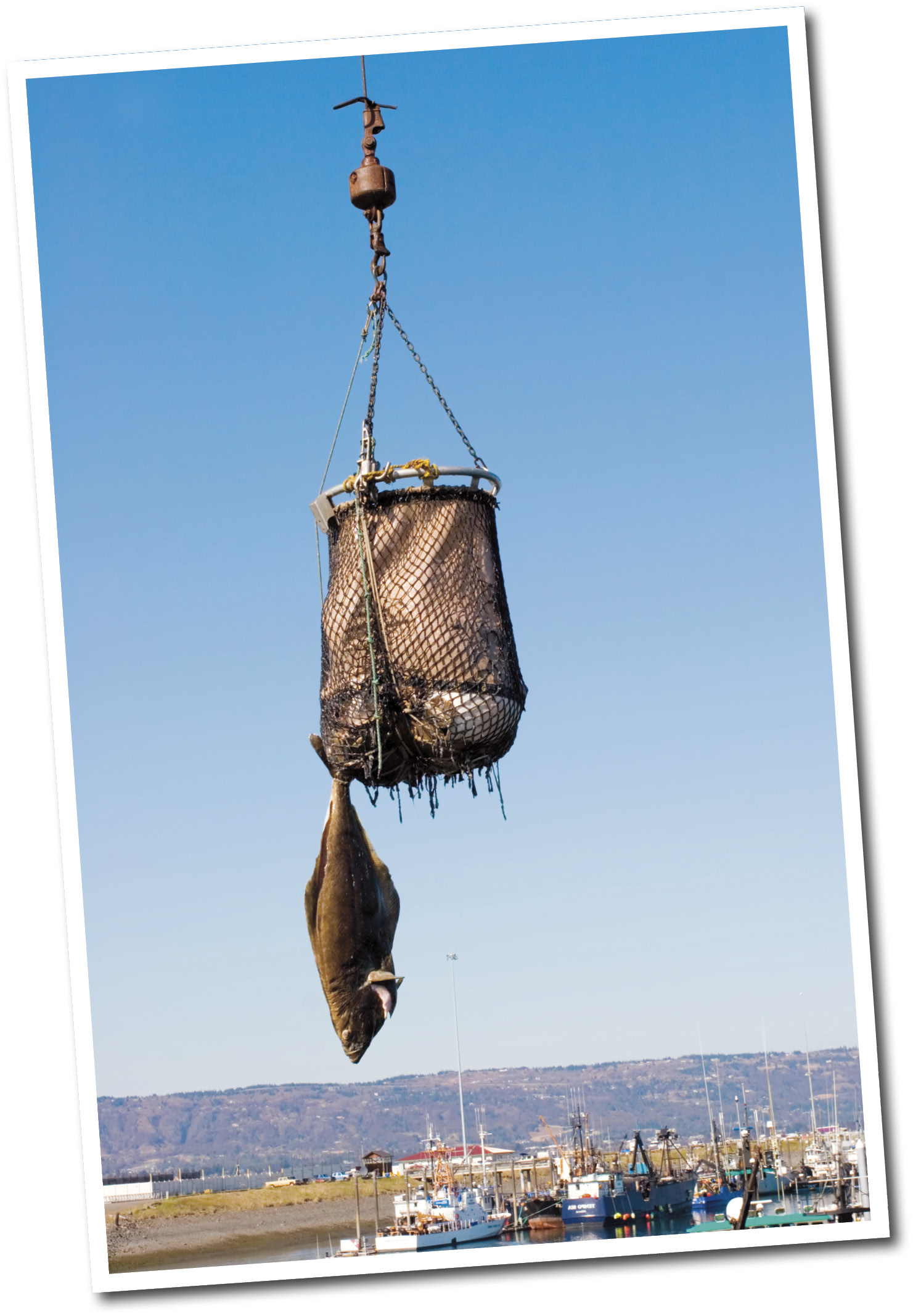For the best You Choose experience,
view in portrait (vertical) orientation.
About Your
Adventure
YOU are about to experience one of the most unpredictable events in naturean earthquake! You have no warning. How will you stay alive?
In this book youll deal with extreme survival situations. Youll explore how the knowledge you have and the choices you make can mean the difference between life and death.
Chapter One sets the scene. Then you choose which path to read. Follow the links at the bottom of each page as you read the stories. The decisions you make will change your outcome. After you finish one path, go back and read the others for new perspectives and more adventures. Use your device's back buttons or page navigation to jump back to your last choice.
YOU CHOOSE the path you take through your adventure.
CHAPTER 1
An Unpredictable Moment
Imagine a bright, sunny day. People are outside walking, running, or relaxing. Then without warning, the ground starts to shake. Trees topple and buildings crumble. People panic and scream. The shaking lasts only moments, but the entire landscape changes.
Earthquakes strike with little warning. Unlike other natural disasters such as hurricanes and tornadoes, theres nothing to see before they occur.
Earthquakes strike without warning and can cause enormous damage.
Earthquakes strike when plates below Earths surface shift and move. Most earthquakes occur at fault linesthe places where the tectonic plates intersect.
About 90 percent of the worlds earthquakes occur in the Ring of Fire.
Earthquakes are more likely to happen in the Ring of Fire. This area is around the edges of the Pacific Ocean. It includes Japan, Indonesia, and the coasts of Alaska, Chile, and California.
But even locations far away from the ocean can experience big earthquakes. The New Madrid fault system runs 150 miles from Illinois to Tennessee, also affecting parts of Indiana, Missouri, Arkansas, Kentucky, and Mississippi. South Carolina also has a major fault line. Around the world, earthquakes strike along fault lines in the Arabian Peninsula, east Africa, and the Mediterranean Sea.
Earthquakes are measured on the . The strongest earthquakes have measured more than 9.0. These include measurements of 9.5 in Chile in 1960, 9.2 in Alaska in 1964, and 9.1 off the coast of Sumatra in 2004.
Because earthquakes can strike without warning, it is important to have a disaster plan in place. The U.S. Geological Survey distributes information about what to do before, during, and after an earthquake.
If you live in an earthquake region, make sure your home is safe. Falling household objects often injure people. Make sure pictures and mirrors are securely fastened to walls. Secure top-heavy furniture to wall studs with the use of brackets. Tie down TVs and computer monitors with nylon straps or buckles that can be easily removed and relocated.
Create an emergency plan. Will you know where to reunite with family and friends in case you get separated? Keep a flashlight and shoes near your bed, in case an earthquake occurs during the night. The flashlight should be approved by the Mine Safety and Health Administration. These flashlights have been tested in dangerous conditions and will not give off sparks that could trigger gas explosions. Families in earthquake areas should have disaster kits. These kits include medicine, bottled water, snacks, batteries, a battery-operated radio, and heavy-duty plastic bags.
The USGS recommends the drop, cover, and hold on action when an earthquake strikes.
The USGS also offers suggestions for how to protect yourself when an earthquake starts. If you are indoors, drop, cover, and hold on. Get under a sturdy piece of furniture. If you cant do that, stay by an interior wall and protect your head and neck with your arms. Dont go outside until you are sure the earthquake is over.
If you are caught outside, get to an open area. Avoid sidewalks or areas near tall buildings. If you are in a car, pull over to the side of the road as soon as possible and stay in the car. Avoid bridges and overpasses, because they might collapse. If youre near the ocean, try to find higher ground after the initial shaking stops. Earthquakes can trigger huge waves called .
Once it is safe to get up, move carefully so that you dont trip over fallen objects or run into hanging from the ceiling. Its usually best to leave the building until you know that its safe. Damaged buildings are at risk for collapse, fires, or natural gas explosions. You should know where shelters might be located. They usually are set up in buildings that can hold many people, such as school gymnasiums or community centers. Keep in mind that it may take some time for emergency officials to find the safest building for a shelter.
After an earthquake, emergency workers may be too overwhelmed to help everyone. In many communities, people can take Community Emergency Response Team (CERT) classes. With proper training, ordinary citizens can help themselves and others.
CHAPTER 2
Disaster in Alaska
The snow has been lightly falling all day. Its late March, but spring wont arrive for at least two months here in Alaska. You live in the remote woods several hours north of Anchorage. This time of year, the sun comes up late and goes down early. The chill lingers in the air for months.
You havent had a lot of work lately. The construction business slows down in the winter. It will get busier in the summer. You pick up side jobs here and there when you can.
Spring comes late in northern Alaska.
Just as you sit down to eat lunch, your phone rings. Its your friend Jeff.
Fishing is a major industry in Alaska.
I just heard about some work on the docks in Valdez, he says. Do you want to go?
Valdez is a few hours away. You prefer to work closer to home. You look at your dog, Buddy. You hate leaving him behind for that long. But you know dock work pays well, even though the work is hard.
Let me think about it.
OK, Jeff says. Call me back soon. I plan to leave in a few hours.
You pick up the phone to call Jeff. OK, lets go. My neighbor said hed watch my dog.
On the drive, you look out the window at the majestic mountains and thick stands of trees. Alaska is a beautiful but wild place. Theres a lot of wide-open spaces between the towns.
You arrive in Valdez late in the afternoon. What should we do? Jeff asks. We could go down to the docks now and see if we can get some work, or we could get a motel room and start fresh in the morning.



